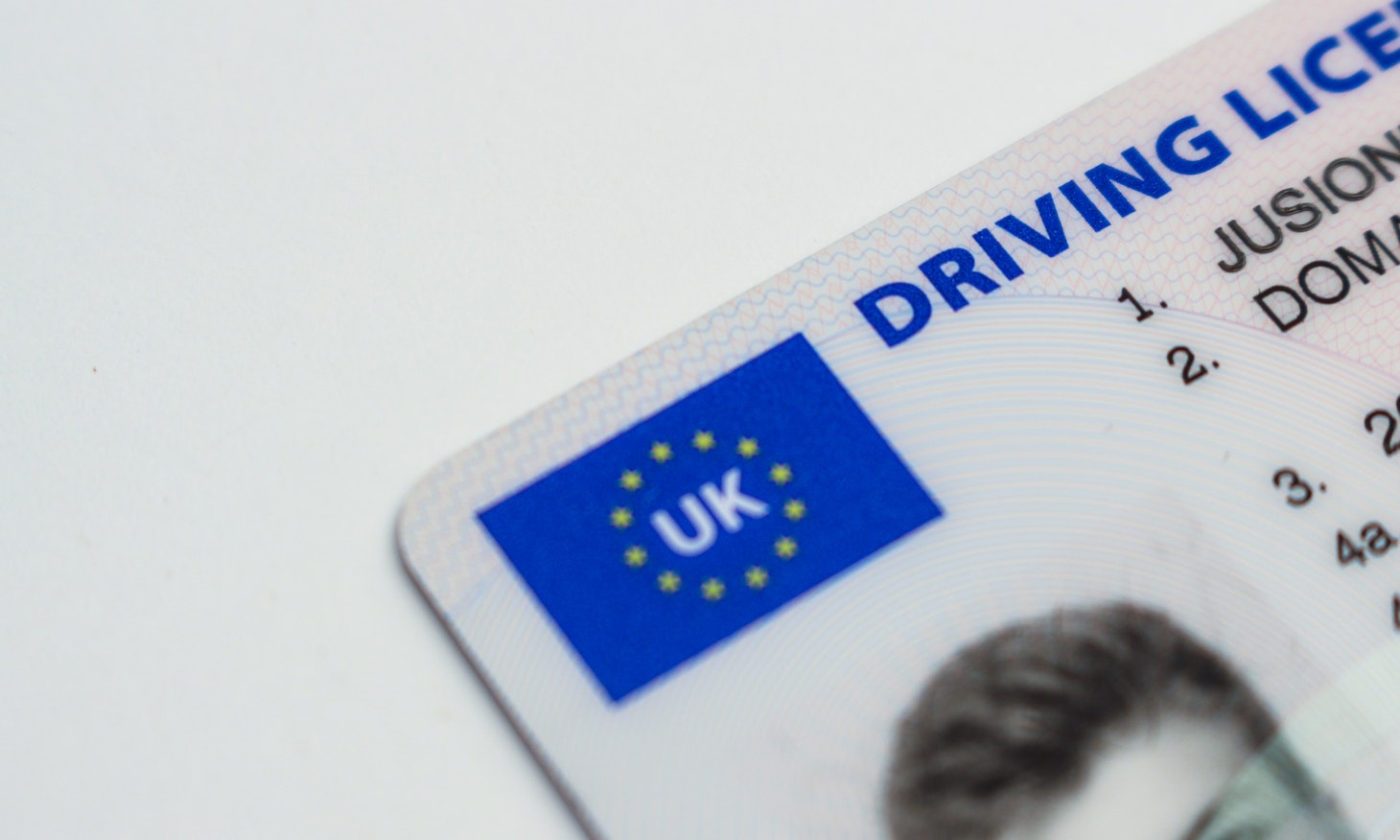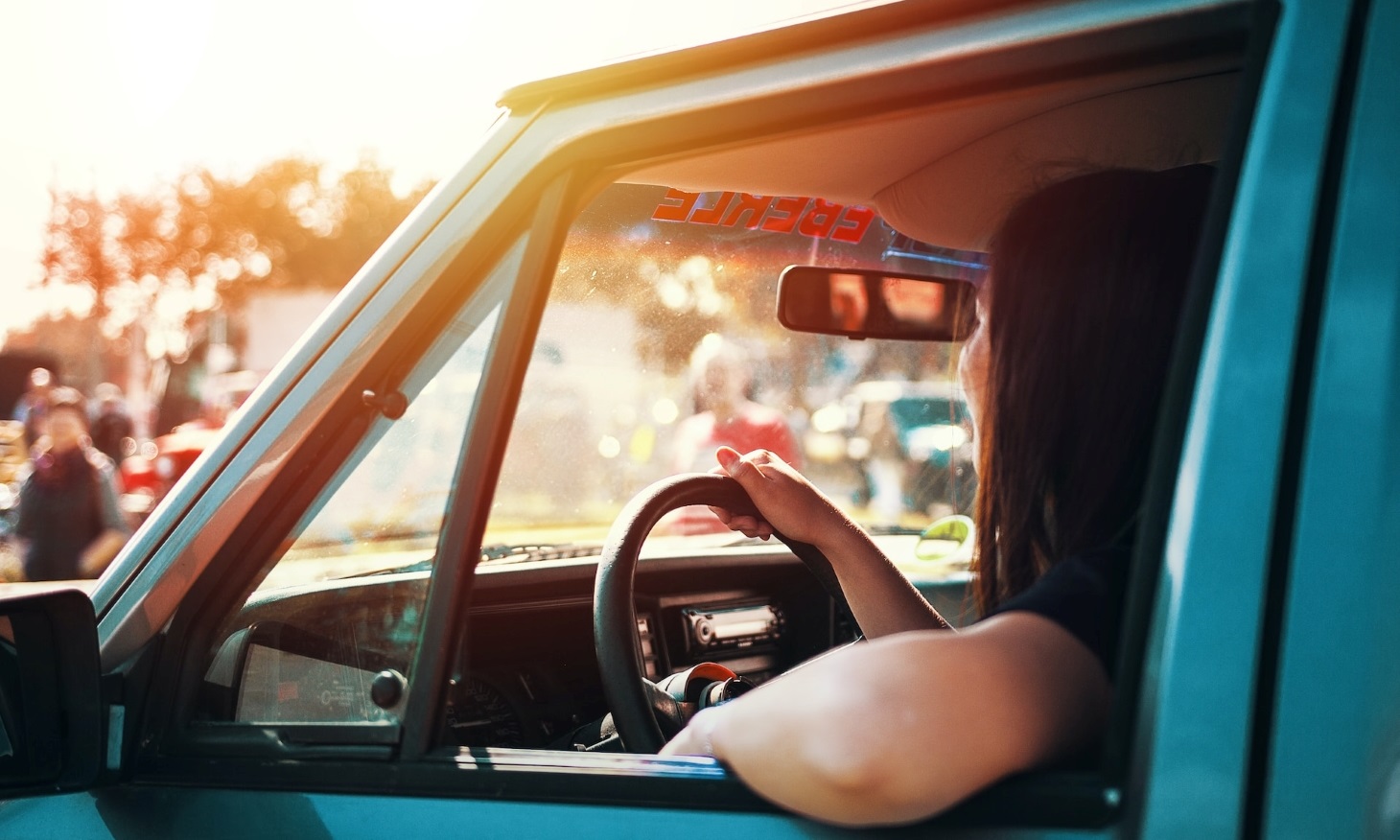Manual or Automatic Driving Licence: Which is Right for You?
When it comes to becoming a licenced driver, one of the key decisions you’ll need to make is whether to go for a manual or automatic licence. While the theory test will stay exactly the same, choosing your type of gear will have a significant impact on your driving experience, preferences, and future opportunities.
In this blog post, we’ll delve into the differences between manual and automatic licences, their advantages and disadvantages, and help you decide which option is best suited for your needs.

One last thing before we begin–whatever version of the document you choose, make sure you’re ready to apply for it. Gather all necessary papers and get a driving licence photo to make sure you’re 100% ready to hit the road!
Manual and Automatic Licences: The Main Difference
Before we delve into the pros and cons, let’s clarify how the manual version of your permit is different from an automatic one:
Manual
-
Allows you to drive cars with a manual gearbox and an automatic transmission. Thus, you get a lot more flexibility as you can drive a wider range of vehicles.
-
Requires you to pass your driving test in a manual car (surprisingly, those who have manual lessons also have higher pass rates).
Automatic
-
This favourite of many young drivers is also called a Category B Auto licence. With it, you’re allowed to drive only automatic vehicles, which limits your transportation options.
-
Requires you to take your driving lessons and practical test in an automatic car.
Pros and Cons of a Manual Licence

Pros:
-
Versatility: You will have the freedom to drive both manual and automatic cars. This versatility can be especially valuable if you plan to rent or borrow different types of vehicles.
-
Skills: Passing your driving test in a manual car can help driving enthusiasts develop a deeper understanding of vehicle mechanics and improve their driving skills (probably that’s why manual pass rates are higher). It can also make you a more confident and adaptable driver.
-
Job Opportunities: In some careers, you are required to drive manual cars (for instance, if you plan to operate large commercial vehicles or become a driving instructor, knowing the manual gearbox is a must).
Cons:
-
Learning Curve: Learning to drive a manual car can be more challenging and may take longer than learning to drive an automatic. Ultimately, a manual gearbox is likely to increase the overall cost of getting your driving licence.
-
Traffic Jams: A manual vehicle can be less convenient in heavy traffic, as you’ll need to constantly engage the clutch and shift gears.
-
Stress: For some, driving a manual can be stressful, especially in high-pressure situations. Compared to an automatic car, the constant need for changing gear can lead to a less enjoyable driving experience.
Pros and Cons of an Automatic Licence

Pros:
-
Ease of Learning: Passing your driving test in an automatic car is generally easier and less stressful when compared to manual gearboxes. You won’t have to worry about gear changes, allowing you to focus more on other aspects of driving.
-
Traffic Convenience: Automatic cars are a breeze to drive in stop-and-go traffic. With automatic transmissions, learner drivers won’t have to constantly switch gears, making their ride far more relaxed.
-
Reduced Clutch Wear: As automatic cars don’t have a clutch pedal there’s less wear and tear on the vehicle’s transmission components.
Cons:
-
Limited Vehicle Options: With an automatic licence, you can only drive automatic cars. When it comes to purchasing or renting, it limits your choice to Category B vehicles only.
-
Skills Gap: When operating an automatic car, you won’t gain experience with manual transmissions, which means you might struggle if you ever need to drive a manual in an emergency or on certain occasions.
-
Job Restrictions: Some professions that involve driving may require a manual licence, so this could limit your career options.
Making the Right Choice

So, which type of licence is right for you? The answer depends on your individual circumstances, preferences, and future plans.
Choose a Manual Licence If:
-
You want the maximum versatility to drive both manual and automatic cars.
-
You’re willing to invest extra time and effort in learning to drive a manual car.
-
You’re considering a career that requires a manual licence.
-
You enjoy the feeling the clutch control gives you.
Choose an Automatic Licence If:
-
You prefer simpler, stress-free driving conditions.
-
You don’t plan to drive manual vehicles regularly.
-
You want to get your driving licence faster and with less effort.
-
You mainly drive in urban areas with heavy traffic.
Conclusion

In the end, the choice between manual and automatic boils down to your personal preferences, needs, and circumstances. Consider your future plans, your comfort level with different driving experiences, and your willingness to invest time and effort in learning.
Remember that you can always switch from an automatic to a manual licence in the future if your circumstances change (you won’t even need to face the theory again, only a manual test). The most important thing is to feel confident and safe behind the wheel, regardless of the type of licence you hold. So, make your decision wisely, and happy driving!